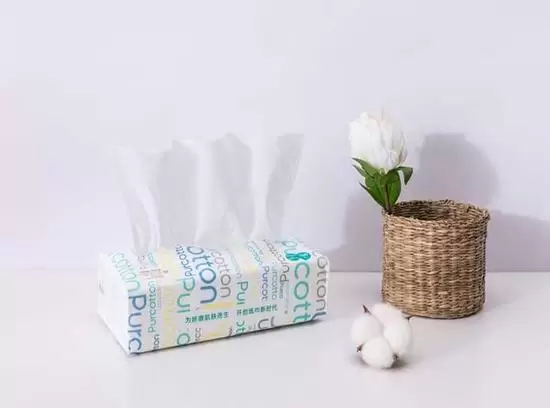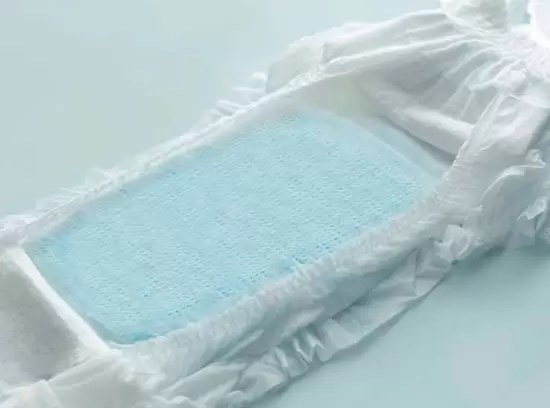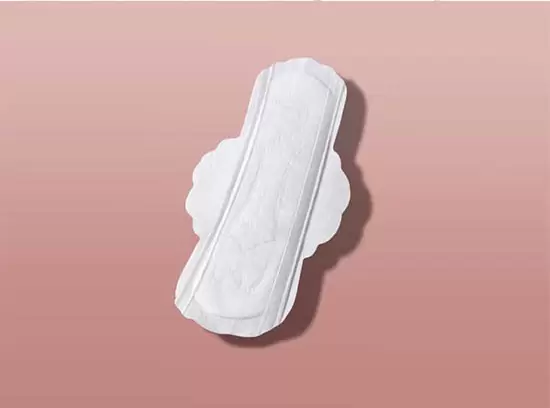1. What is the nonwoven fabric?
The first written definition of nonwoven fabrics came from the American Society for Testing and materials in 1962 which defined them as “textile fabrics made of carded web or fiber web held together by adhesives.” Currently, INDA, the association of the nonwoven fabrics industry, defines a nonwoven as “sheet or web structures bonded together by entangling fiber or filaments (and by perforating films) mechanically, thermally or chemically. They are flat, porous sheets that are made directly from separate fibers or from molten plastic or plastic film. They are not made by weaving or knitting and do not require converting the fibers to yarn.
2. How can you tell if a fabric is non-woven?
Although most people don’t realize it, non-woven fabrics have provided people with a wide range of benefits and conveniences. In fact, it has managed to revolutionize many industries out there, mostly by allowing them to manufacture hundreds, if not thousands of products that would otherwise be too costly or too difficult to make. Just by using the word nonwoven, you know a nonwoven fabric is not a woven fabric.
One of the most common woven fabrics is manufactured by weaving. If you grab a product made from it, you will notice that it’s strong and durable, and in most cases, it’ll be quite non-flexible and sturdy.
The knitted fabric is made through a knitting process. The knits are incredibly stretchy, which means that you could move them in both directions, and this flexibility allows the material to fit closely to the body, hence, it’ll be comfortable to wear. However, because of this, it could easily lose its shape.
Nonwoven fabrics are lighter and weaker than woven or knit fabrics. They don’t have much memory (for example, if you bend your elbow the fabric will retain that position and leave a pucker in the fabric) or laundering durability, making them unsuitable in durable clothing applications.
3. Is cotton a non-woven fabric?
Nonwoven cotton fabric is widely known as a key nonwoven ingredient, but its properties make it ideal for a range of nonwoven products. With growing concerns about the environmental impact of synthetic fibers, cotton offers a flushable, compostable and comfortable alternative to man-made fibers. The innate absorbency and hypoallergenic characteristics of cotton make it an efficacious and comfortable alternative, as well.
Cotton is by its very nature a performance fiber. Its structure allows for superior absorption and release capabilities, making it a viable delivery system for cleansers, moisturizers, or efficacious formulations found in baby, personal care, and hygiene products. Another unique attribute of cotton is its superior wet strength. Cotton is naturally stronger when wet than dry lending enhanced tear resistance to all wet wipes even those used for tough household cleaning jobs. This trait makes cotton an ideal component for any nonwoven product that requires exposure to water or other liquids.
4. What are examples of non-woven fabrics?
According to different production processes, non-woven fabrics can be divided into the following categories.
Airlaid Nonwovens
Compared to other nonwoven technologies, airlaid has the unique ability to lay down short fibers, either 100% pulp fibers, or mixtures of pulp and short cut synthetic fibers, to form a homogeneous and continuous web. It is also possible to mix in superabsorbent powders or fibers thereby creating highly absorbent webs.
Air Through Bonding (Thermal Bonding)
Air bonding is a type of thermal bonding that involves the application of heated air to the surface of the nonwoven fabric. During the through air bonding process, heated air flows through holes in a plenum above the nonwoven material. Unlike hot ovens, which push air through the material, the through air process uses negative pressure of suction to pull the air through an open conveyor apron holding nonwoven as it is drawn through the oven.
Meltblown
Meltblown nonwovens are produced by extruding melted polymer fibers through a spin net or die consisting of up to 40 holes per inch to form long thin fibers which are stretched and cooled by passing hot air over the fibers as they fall from the die. The resultant web is collected into rolls and subsequently converted to finished products.
Spunlace (Hydrotentanglement)
It is a bonding process for wet or dry fibrous webs made by either carding, airlaying or wet-laying, the resulting bonded fabric being a nonwoven. This process uses fine, high pressure jets of water which penetrate the web, hit the conveyor belt and bounce back causing the fibers to entangle. (You may need information about non woven spunlace fabric manufacturer)
Spunlaid (Spunbond)
Spunlaid nonwovens are made in one continuous process. Fibers are spun and then directly dispersed into a web by deflectors or can be directed with air streams. This technique leads to faster belt speeds and cheaper costs. Polypropylene spunbonds run faster and at lower temperatures than PET spunbonds, mostly due to the difference in melting points.
Spunmelt/SMS
Spunbond has been combined with melt-blown nonwovens, conforming them into a layered product called SMS (spun-melt-spun). Melt-blown nonwovens have extremely fine fiber diameters but are not strong fabrics. SMS fabrics, made completely from PP are water-repellent and fine enough to serve as disposable fabrics. Melt-blown is often used as filter media, being able to capture very fine particles. Spunlaid is bonded by either resin or thermally.
Wetlaid
In the wetlaid process, staple fibers of up to 12 mm fiber length, very often mixed with viscose or wood pulp, are suspended in water, using large tanks. Afterwards, the water-fiber- or the water-pulp-dispersion is pumped and continuously deposited on a forming wire. The water is sucked off, filtered and recycled.
5. Where are non-woven fabric used?
Due to its assortment of achievable characteristics nonwoven fabrics penetrate a wide range of markets including personal care, medical, apparel, automotive, filtration, construction, geotextiles, and protective. Winner Medical is one of the top nonwoven fabric supplier in China that provides all solutions for non-woven cotton items requests. And our Medical technology has already obtained patent certificates in the US, the EU, Indonesia and Malaysia, a totally of 25 countries around the world. Besides that, there are still a bunch of reasons to choose professional nonwoven fabric manufacturer Winner Medical, welcome to contact us.













